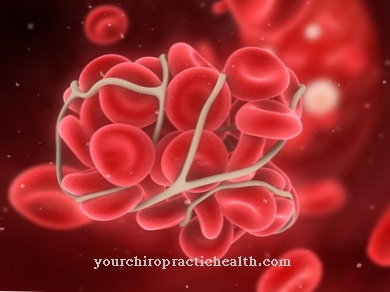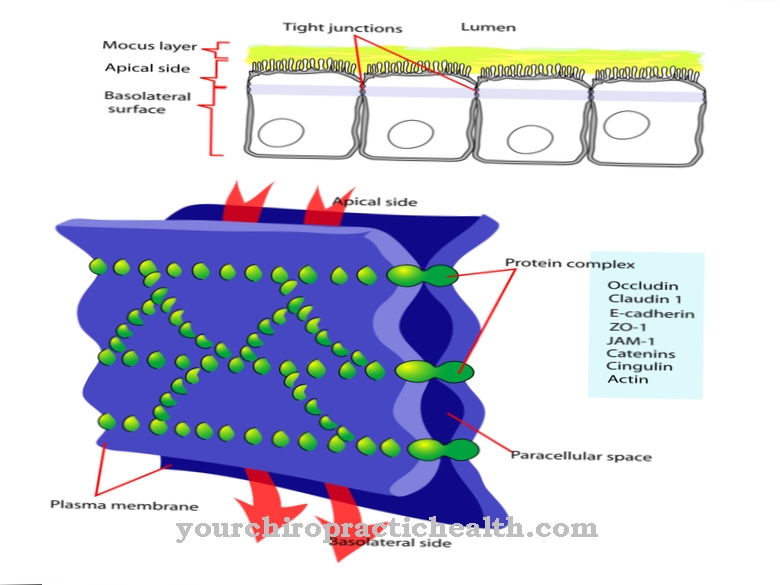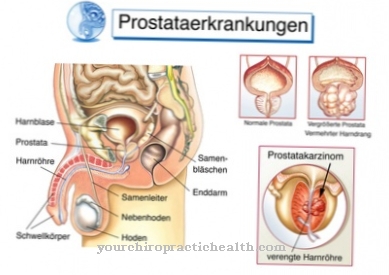Myocytes are multinuclear Muscle cells. They form the skeletal muscles. In addition to the contraction, the energy metabolism also falls into their range of tasks.
What are myocytes
The myocytes are spindle-shaped muscle cells. Myosin is a protein that plays an important role in their anatomy and function. Antoni van Leeuwenhoek first described muscle cells in the 17th century. The entire musculature of the skeleton is made up of these basic cellular units. The muscle cells are also called muscle fibers. The smooth muscles of the organs are not made up of myocytes. The muscle cells consist of fused myoblasts and thus have a multinuclear structure, which makes the term muscle cell misleading.
A muscle cell actually contains several cells and cell nuclei. However, the individual cells of the cell complexes can no longer be differentiated as such in the muscle fiber, but form a widely branched syncitium. Different types of fibers are differentiated in the skeletal musculature and grouped under the generic term of myocytes. The most important fibers are the S-fibers and the F-fibers. S-fibers contract more slowly than F-fibers. Unlike the F-fibers, they tire slowly and are designed for continuous contractions.
Anatomy & structure
Extensions of the cell membrane turn into tube-like folds on the muscle fiber and form a system of transverse tubules. In this way, action potentials on the cell membrane also reach the deeper cell layers of the muscle fiber. In the depths of the muscle fibers there is a second cavity system consisting of protuberances from the endoplasmic reticulum. The calcium ions are stored in this system of longitudinal tubules. At the side, the Ca2 + chambers meet a fold in the tubule system, so that the individual membranes lie against the folded-in cell membrane.
The receptors in these membranes can communicate directly with one another. Each muscle fiber joins the associated nerve tissue to form a motor unit, the motor neuron of which lies on the motor end plate. The cytoplasm of the fibers contains mitochondria, some of which contain oxygen-storing pigments, glycogen and specialized enzymes for the muscles' energy metabolism. There are also several hundred myofibrils in one muscle fiber. These myofibrils are a fan system that corresponds to the contractile units of the muscle. A connective tissue layer connects the muscle fibers with a tendon and can combine several muscles into a box.
Function & tasks
The myocytes play a role both in energy metabolism and in general motor skills. The motor skills are guaranteed by the myocytes' ability to contract. Muscle fibers retain this ability to contract through the ability of their two proteins, actin and myosin, to communicate. A skeletal muscle fiber can use these two proteins to reduce its length in a concentric contraction. It can also maintain length against resistance, known as isometric contraction. Finally, she can react with resistance to an extension. This principle is also known as eccentric contraction.
The ability to contract results from the ability of myosin to bind to actin. The protein tropomyosin prevents the muscles from binding when they are at rest. But when an action potential occurs, calcium ions are released, which prevent the tropomyosin from blocking the binding sites. This triggers contraction on the basis of the filament sliding. A single action potential only makes a skeletal muscle twitch. In order to achieve a strong or long-lasting shortening of the muscle fiber, action potentials arrive in quick succession. The individual twitches are gradually superimposed and add up to a contraction.
The muscle strength in the fibers is regulated, among other things, by different pulse frequencies of the motor neurons. The energy metabolism of the muscles is relevant for performing the muscle work described. The energy supplier ATP is stored in all cells of the body. The energy supply takes place either with the consumption of oxygen or without oxygen. With the consumption of oxygen, the ATP breaks down and new ATP is produced in the muscle with the help of creatine phosphats.
A faster form of energy supply is the oxygenless form, which takes place with the consumption of glucose. Since glucose is not completely broken down as part of this, the energy yield of this process is only low. Two ATP molecules are created from one glucose molecule. If the same process takes place with the help of oxygen, 38 ATP molecules are created from one sugar molecule. Fats can also be used in this context.
You can find your medication here
➔ Medicines for muscle weaknessDiseases
Various diseases affect myocytes. Disorders of the energy metabolism can, for example, restrict the motor skills of the muscle fibers. In mitochondrial disease, for example, there is an ATP deficiency, which can trigger a multi-organ disease. Mitochondrial diseases can have different causes. For example, inflammation can damage the mitochondria. Mental and physical stress, malnutrition or toxic trauma can also endanger the supply of ATP. The result is a disturbed energy metabolism.
In addition to such disorders of the energy metabolism, diseases of the nervous system can also make work more difficult for myocytes. If, for example, signal transmission is disturbed due to damage in the central or peripheral nerve tissue, this can lead to paralysis. Certain muscles can only be moved atactically or no longer at all, because signals no longer arrive in direct succession in the motor units only when the line speed is reduced and so can no longer overlap and be added up. Muscle tremors can also occur as part of this phenomenon.
Muscle fibers can also be affected by diseases themselves. Hereditary Naxos disease, for example, involves extensive loss of myocytes. A more well-known phenomenon is a ruptured muscle fiber. This phenomenon manifests itself in a sudden and severe pain in the muscles. The affected muscles are only mobile to a limited extent and swelling occurs. Muscle fiber inflammation caused by infections or immune disorders are just as common. This is to be distinguished from muscle hardening, which usually occurs after long-term stress due to a changed muscle metabolism, but in rare cases can also be related to muscle inflammation.

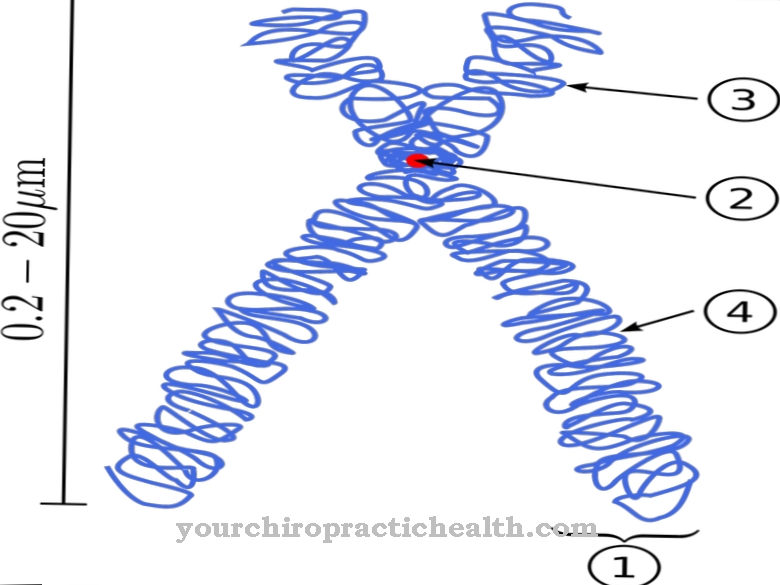
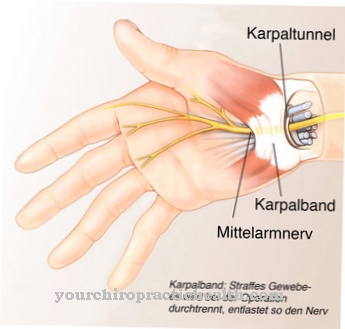


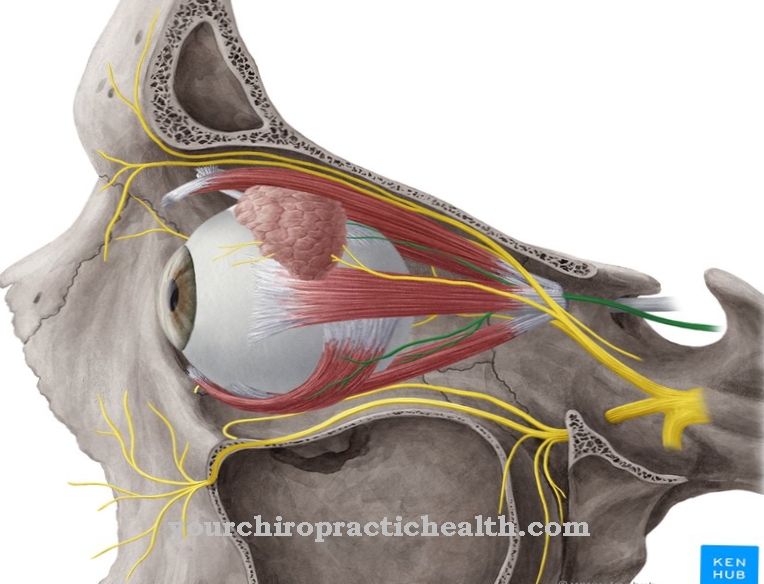
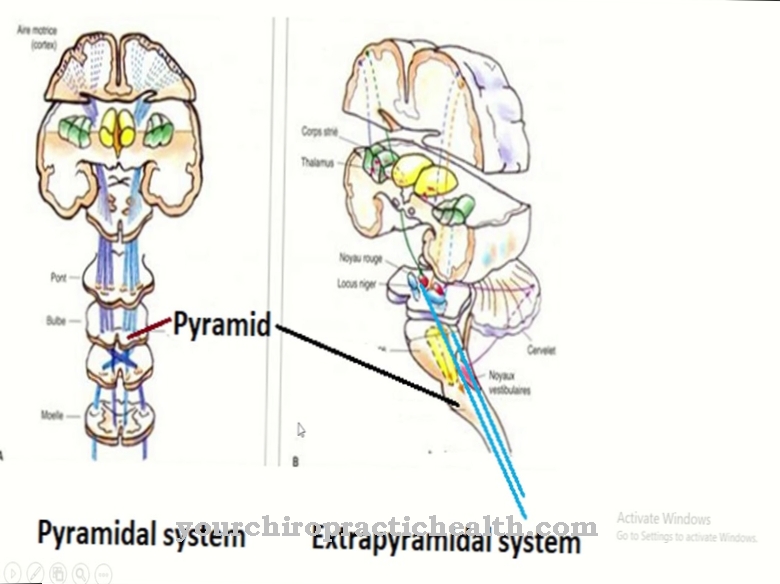

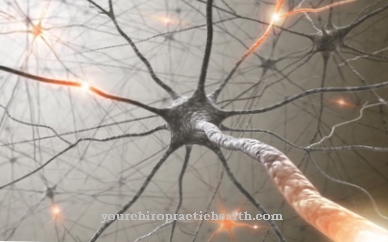
.jpg)

.jpg)

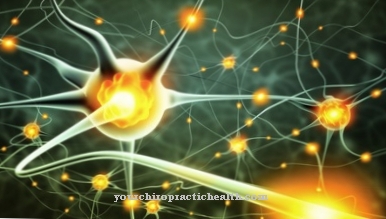
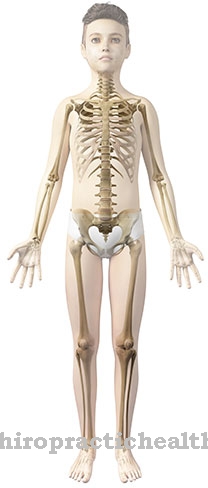


.jpg)


